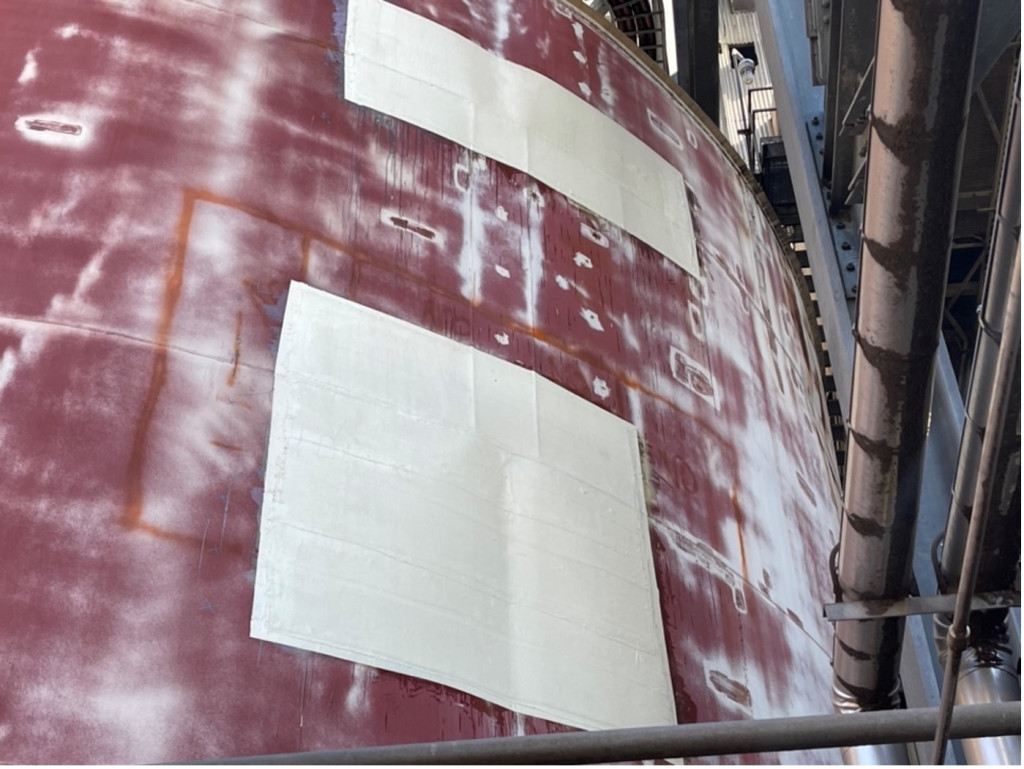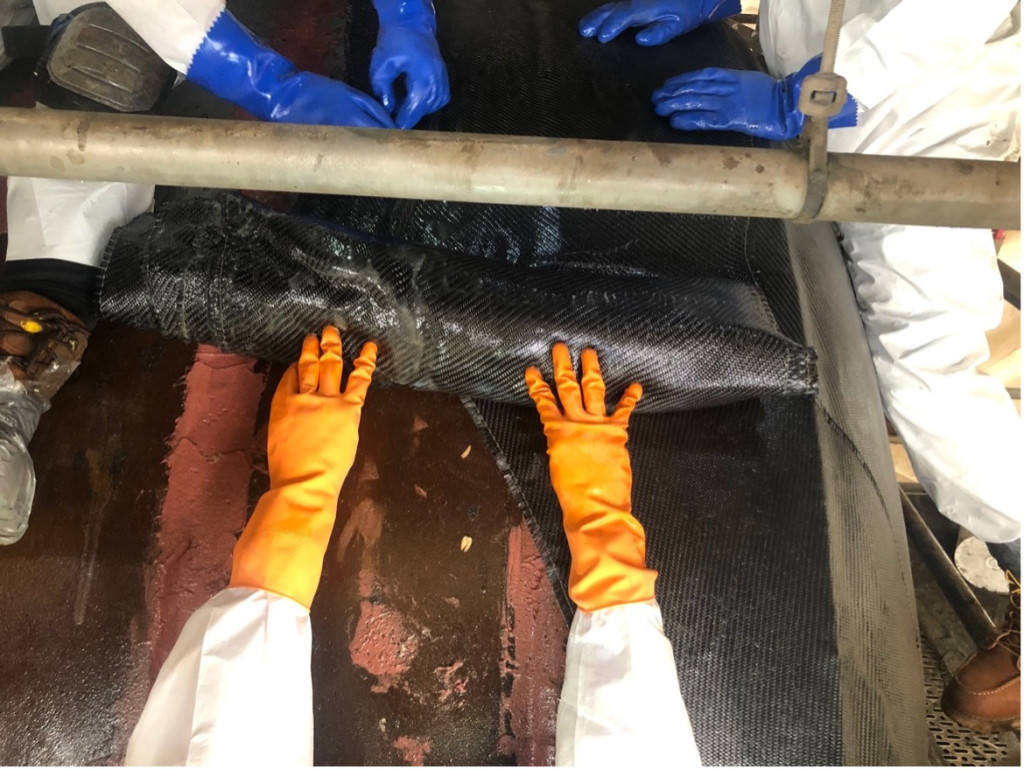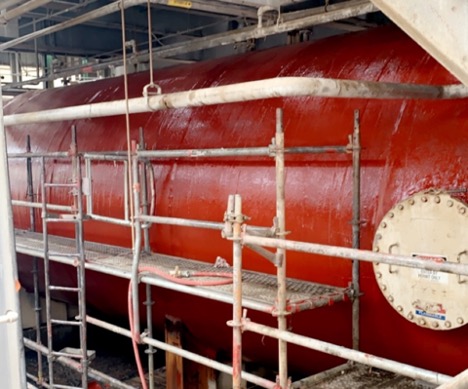Background
Pulp and paper processing is a highly complex multi-phase system. At a high level, the process involves a raw organic material (wood) undergoing sorting, cleaning, chipping, screening, beating, and refining, which ultimately results in pulp or paper products. Each of those processes may include aggressive mechanical processing, exposure to highly corrosive chemicals, elevated temperatures, and/or combinations of all three.
Challenge
Pulp and paper mills face complicated challenges in maintaining the integrity of their critical assets due to the complexity of the system and multi-phased production process. The combination of chemical and mechanical threats also makes these challenges unpredictable and extremely costly if they are not correctly addressed.
Mills must understand and monitor threats of abrasion, chemical attack, erosion, corrosion, and other potential issues related to operating at elevated temperatures.
This case study combines three projects to reveal the complexities of repair and maintenance challenges that pulp and paper mills commonly face.
Case Study 1: Abrasion Resistant Coatings for Mechanical Processes
Case Description
A wood pulp processing tank at a paper mill had accumulated pulp on its walls that was exacerbated by the sap from the wood. While the internal coating needed to withstand the abrasive mechanical churning of the wood pulp, the organic compounds in the wood posed an additional corrosion threat to the tank’s walls.
Solution
A low surface energy material was required to prevent the accumulation of the pulp, but the material also needed to maintain the abrasion-resistant barrier. Advanced FRP System’s HP-300 AR and HP-300 LSE products were used to solve this challenge.
Advanced FRP System’s HP-300 AR is an immersion-grade epoxy coating with an engineered blend of ceramic particles for excellent abrasion resistance. The HP-300 LSE includes a unique surface additive that results in low surface energy. Together, the coating and surface additive eliminated the accumulation of pulp on the walls and prevented future corrosion.
Case Study 2: Chemical-Resistant and Structurally Reinforcing Composite Repair for Scavenger Tank
Case Description
A pulp and paper mill had a large scavenger tank with corrosion, pinhole leaks, and structural integrity concerns from buckling side walls. The mill was looking for a solution that would not only structurally reinforce the tank, but also address corrosion concerns and repair the pinhole leaks.
Solution
Welding steel plates was not a good option for the mill because of the danger it posed to harming the internal coating of the tank. Using composite repair with a cold application process and lightweight materials meant the internal coating was protected, and the application could be completed without the support of a crane.
The scavenger tank was ultimately repaired with an 8 ft x 12 ft composite carbon fiber patch. The mill used Advanced FRP System’s FRP Repair Putty for the pinhole leaks, the CF-500 BD composite repair system, FRP 210 HT, and the chemically resistant HP-400 Novo.
Case Study 3: Composite Repair for Chemical Storage Tank Operating at Elevated Temperatures
Case Description
Inspectors at a paper mill found degraded weld seams on a 23-ft long turpentine tank. After further inspection, the degradation was more severe and posed a more significant threat than initially thought. A specialty system was required as the turpentine material was aggressive towards epoxy coatings, and the tank operated at an elevated temperature, further complicating the repair. The mill needed a solution to repair and protect the failing critical asset in a chemically aggressive environment and at elevated temperatures.
Solution
During a planned outage, the tank was repaired with Advanced FRP System’s specialty novolac chemical-resistant coating (HP-400 Novo), FRP Repair Putty, FRP 211 HT Saturant, and the CF-500 BD composite repair system.
Clients’ Success with Advanced FRP System’s Approach
Even though the various threats are contained within the same pulp and paper mill process, the repairs for each case varied based on the different elements encountered in the environment. The specific combination of chemical, physical, and temperature factors influenced which repair system could be used and what approach was the right fit.
Pulp and paper processing has a wide range of threats with each requiring its own unique approach. Expert advice makes finding the right solution easier, resulting in long-term cost-saving and permanent repair.
To learn more about Advanced FRP Systems, our experience with pulp and paper asset repairs, and how we can apply our expertise to your situation, contact us for a free consultation.
Having Issues with Pipe Corrosion or Erosion?
Contact us for a free evaluation!
X



